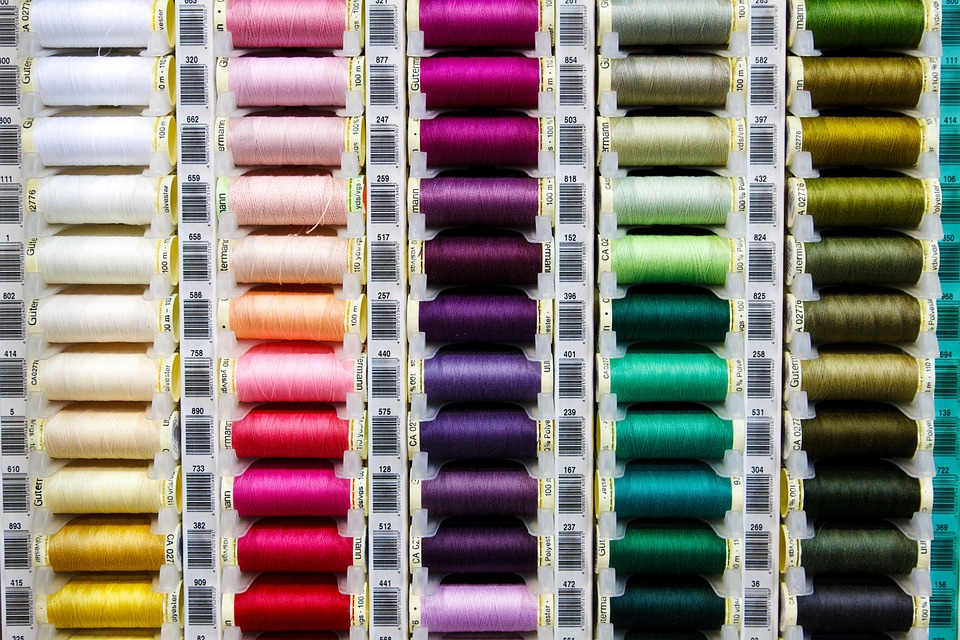Sewing has long been a skill that brings people together. From grandmothers teaching their grandchildren the art of stitching to neighborhood quilting bees, sewing circles have historically provided opportunities for women to connect, create, and support each other. However, in recent years, sewing circles have undergone a resurgence, not just as a means of crafting garments or textile art but as a way to build connections and foster community.
One such example is the rise in popularity of “Threads That Bind” sewing circles. These gatherings are not only about creating beautiful works of art but are also focused on creating bonds and support systems between participants. Through sewing circles, individuals from different backgrounds and age groups come together to share skills, stories, and camaraderie.
There is something undoubtedly comforting about sitting around a table, needles clicking, and threads intertwining. The act of sewing, whether by hand or with a machine, can be incredibly meditative and soothing. As participants work on their projects, the rhythm of stitching becomes a backdrop for conversations, laughter, and connection.
In a world that often feels fast-paced and disconnected, sewing circles offer a space where people can slow down, share, and engage in meaningful conversations. Many participants highlight the therapeutic nature of sewing and the calming effect it has on their mental well-being. The act of sewing can provide a respite from daily stresses and create a shared experience that brings people together.
Sewing circles also act as a hub for the exchange of knowledge and skills. Whether someone is an experienced seamstress or just learning the basics, sewing circles provide an opportunity for individuals to learn from one another and expand their repertoire of techniques. Sharing tips, tricks, and advice not only enhances participants’ sewing abilities but also fosters a sense of support and encouragement within the group.
Additionally, sewing circles often include elements of community service. Some groups create quilts, blankets, or clothing items for those in need, such as children in foster care or individuals experiencing homelessness. By working together on these projects, participants not only contribute to a greater cause but also have the opportunity to bond over shared goodwill.
The benefits of sewing circles reach beyond the individual participants. Many attendees highlight the joy of giving handmade gifts to loved ones or being able to wear something they crafted themselves. The sense of accomplishment derived from creating something with one’s own hands is immeasurable and can boost self-esteem and confidence. Moreover, the act of creating together helps to build a strong sense of community and fosters a culture of support and encouragement.
In conclusion, the resurgence of sewing circles, particularly in the form of “Threads That Bind,” signifies a desire for connection and community in our increasingly digital age. By embracing the art of sewing, individuals are able to build lasting bonds, share skills, and contribute to the greater good. Through these circles, we not only create beautiful works of art but also build lasting connections that enrich our lives in countless ways. So, grab a needle and thread and join a sewing circle near you – you never know how it may bind you to a community of like-minded souls.

